Motors are very robust and reliable machines, they require very little maintenance especially if they are regularly inspected.
The operation of any electric motor involves a lot of associated noises, some of which are normal but some other noises are your motor trying to tell you something.
In this article, we will learn different reasons for motors’ noises and how to use these sounds as an indication of future failure patterns.
Contents:
- Types of motors’ noises.
- Possible causes of motors’ noises.
- How to investigate motor noise.
- Conclusions.
Types of Motor Noises
For an experienced maintenance engineer, the normal sound levels of an electric motor can be known with regular inspections and checks, which will make it easy to notice any change in the motor’s normal observed sound.
One of the best ways to check on a motor is to get to know its sound signature and to listen to it regularly. It is not only a simple thing to do, but it becomes almost intuitive to a dedicated maintenance engineer, and it is probably the best early warning system available.
Noise in electrical motors is mainly caused by one of three reasons.
- Electrical (magnetic) noise.
- Mechanical noise.
- Windage noise.
Electrical (magnetic) Noise:
Results from mechanical forces (e.g., pressure) generated by the attraction and repulsion of magnetized parts in its alternating magnetic field.
Mechanical Noise:
This is the most common cause of excessive noises inside electric motors; the reasons could be bad bearing, misalignment, or bad coupling with the driven system.
Windage Noise:
Windage noise is the cause of the majority of unexplained sounds that come from electric motors. It is more common in high-speed motors such as two and four-pole motors.
The cause of this noise is obstructions located close to the rotating part of the motor.
Possible Sources of Motor Noises
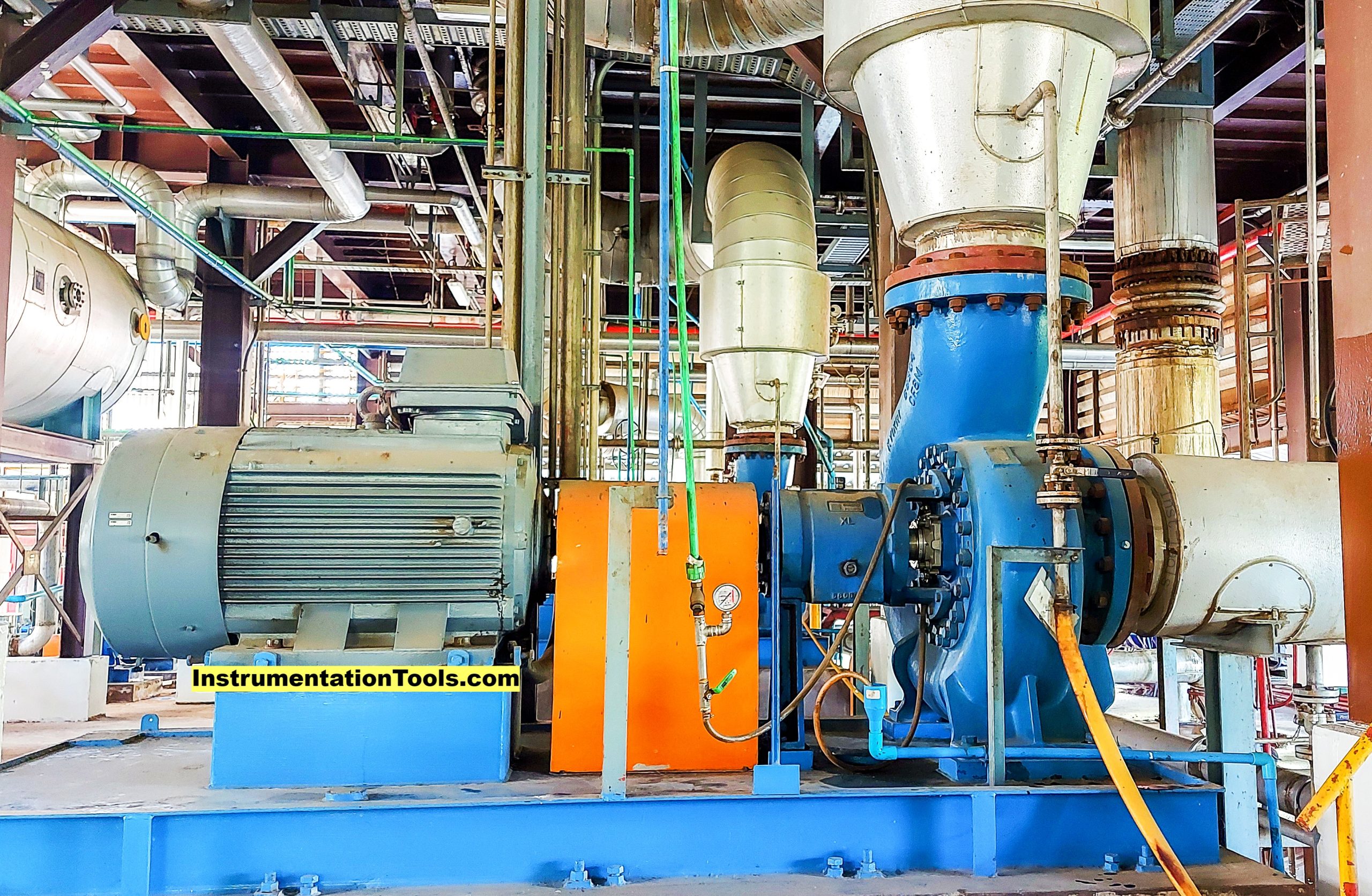
It is said that finding the source of noise in a motor is harder than resolving the issue, but as mentioned before, if a motor signature was recorded or known, it will be easier to notice any changes in the normal levels of the motor sound, and that could set you on the right track of investigating the issue before it causes bigger problems for your motor and your process.
Following are some possible causes of what might increase the noise levels of a motor:
- A slightly misaligned or bent motor shaft will produce a humming sound
This could be the result of overloading the motor like a crane motor trying to lift a heavier load than designed or maybe it was hit with something.
- A similar noise will occur if there is a minor fault in the transmission system attached to the motor shaft.
Mechanical attachments to electrical motors are usually the main reason for failure patterns, motors connected to loads through belts, chains or gearboxes will be affected by any failures in these attachments, and a minor defect in belts or chains will probably cause excessive noise in the motor.
That can be easily checked by disconnecting the motor from the belt or chain and seeing if the noise disappeared.
- A damaged fan cover could be bent and touch the fan while running, making excessive noise.
This is considered one of the most common reasons for motor excessive noise; a fan cover can be easily hit and bent inside, which will cause more noise than usual when running.
- Maybe the fan itself will be broken or parts of it, causing excessive noise.
Sometimes the cooling fan itself will be broken, and its broken parts are held inside the cover making noises when the motor is running. This is also a very common cause of noises in motors.
- Damaged motor bearings or lack of lubricants.
A failing bearing is one of the most common failures of motors, in fact, electric motor failures are usually either a failure in the bearings or a burn-out winding.
Motor bearings are of two types.
- Maintenance-free bearings, which are sealed on both sides of the bearings keep the grease inside and keep contaminants out.
- Not sealed bearings, these bearings will require periodic maintenance by replacing the grease of the bearings.
Excessive noises associated with bearing will most likely give indications of bearing failure.
In case they are not sealed bearings, then a simple test by injecting some grease inside while the motor is running and noticing if the sound disappears. If the sound doesn’t disappear after regressing, then you probably need to change the bearing at the nearest production stop.
- Running a motor by a VFD.
When a motor is driven by a VFD it can lead to higher noise levels. Because The VFD generates harmonics that excite various components in the motor at their natural frequency, causing increasing noise.
- Single phase failures.
Motor terminals and connections should be inspected regularly and tightened if needed, if a terminal is loosened it might cause a single phasing effect which will cause a high humming sound. And then you have one of two cases:
- If the motor wasn’t running:
There will be a humming noise, the motor won’t be able to start and if there is no proper protection to disconnect power, motor windings will burn out.
- If the motor was running:
The motor will keep running but at a lower speed, there will also be humming noises, motor currents will increase and if there is no proper protection to disconnect power, motor windings will burn out.
- Vibration noises.
Motor misalignment of coupling with driven systems or improper mounting of the motor can cause excessive noises due to increased levels of vibrations.
How to Investigate Motor Noise?
The first thing you should care about is finding out that there is excessive motor noise. If you cannot notice that your motor’s sound levels are higher than normal, then you wouldn’t even have something to investigate, and you probably will face a failure very soon.
The first step is to know the normal sound level of your motor; an experienced maintenance engineer will have an intuitive sense of when the motor noises are higher than they should be.
And then he will take appropriate actions. Another way is to have a motor signature for using appropriate devices and then take regular measurements and compare them to check for failure patterns.
That will depend mainly on how much you are willing to pay for these analyses as they come with high costs. Building a sense of motor normal sound is easier and cost-free.
when noticing an increase in motor sound, then you need to identify the reason for the excessive noises, here are some tips:
- Check motor alignment and mounting.
- Check the cover of the motor fan and the motor fan itself.
- Check the load of the motor.
- Check motor bearings; add some lubricants if applicable and check noise levels afterward.
- Check the transmission system between the motor and driven loads
- Check for single phasing.
- Check the ventilation paths of the motor, blocked paths could lead to high noises.
Conclusion
Electric motors noise analysis is a very good way of identifying upcoming failure patterns of the motor. Developing a sense of normal noise levels will help identify problems sooner before causing bigger troubles for your motors and your process.
If you liked this article, then please subscribe to our YouTube Channel for Electrical, Electronics, Instrumentation, PLC, and SCADA video tutorials.
You can also follow us on Facebook and Twitter to receive daily updates.
Read Next:
- What is a Buchholz Relay?
- Importance of Neutral Wire
- Induction Motor Problems
- Cables between VFD & Motor
- Power Line Carrier Communication
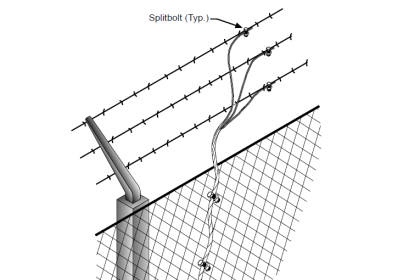
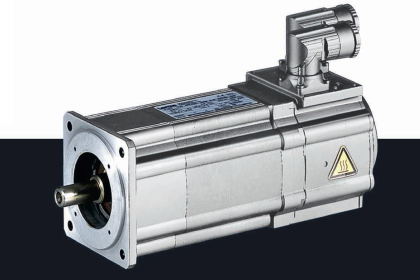
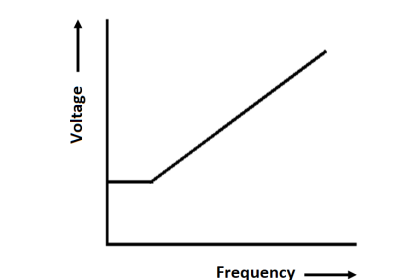
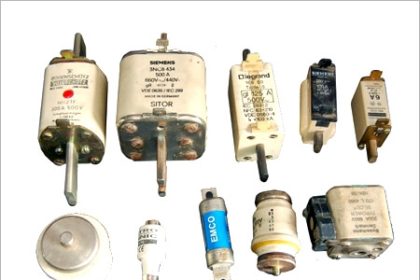

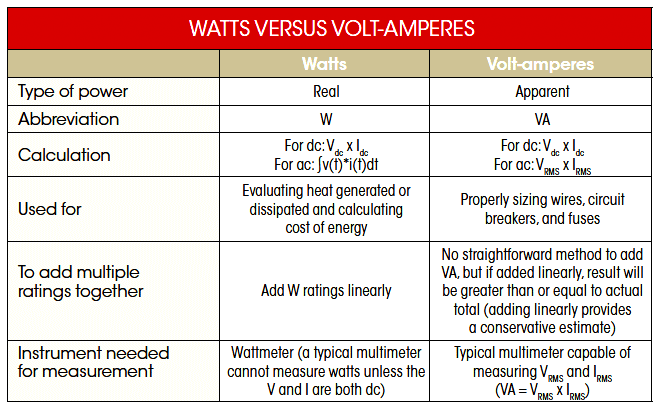
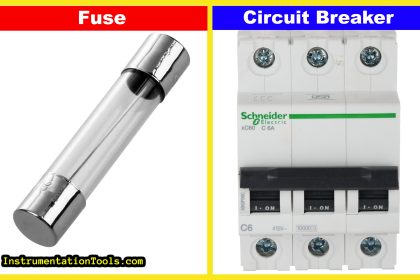

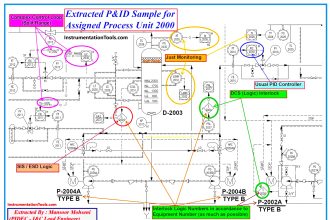
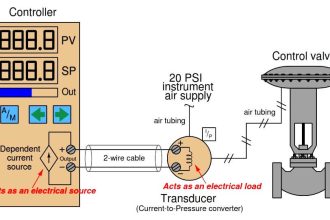
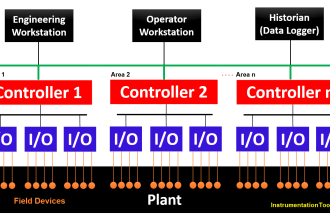
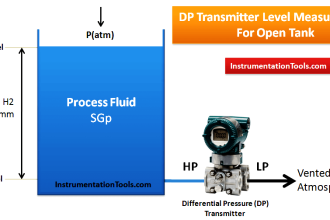

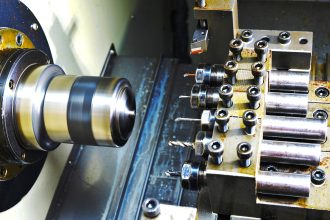
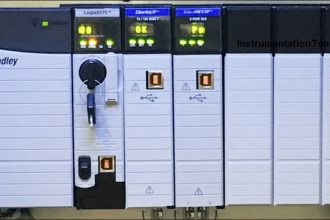


The article is quite helpful since it assists engineers to get to the root cause of the most common source of noise emission in industry. As an inspector who is responsible for giving guidance to others, I personally found it quite handy especially for those occasions I am required to train others on noise control.